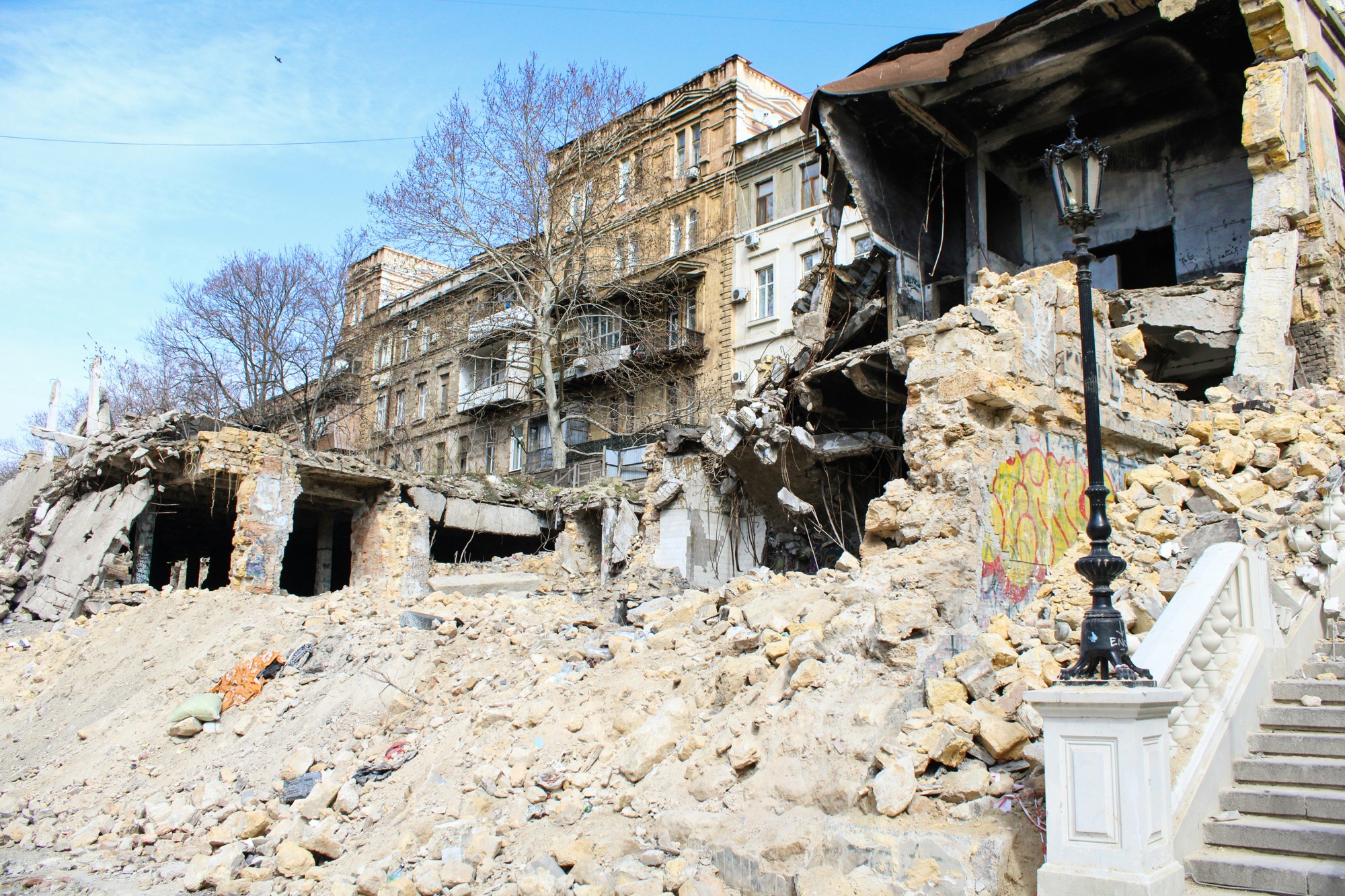Earthquakes are one of nature’s most formidable forces, with the power to cause catastrophic damage and loss of life within mere moments. Throughout history, various regions across the globe have experienced the devastating impact of these seismic events. This article delves into the details of the ten most lethal earthquakes recorded in modern times, examining their causes, consequences, and the profound lessons they have imparted on disaster preparedness and response. Join us as we uncover the stories behind these tragic events and the measures that can be taken to mitigate the effects of future earthquakes.
1. The 1556 Shaanxi Earthquake, China
The 1556 Shaanxi earthquake, which struck China on January 23, 1556, is considered the deadliest earthquake in recorded history. With its epicenter in the Shaanxi province, the quake reached a devastating magnitude, though exact measurements are not available due to the time period. The catastrophe resulted in the death of approximately 830,000 people, a staggering number that highlights the quake’s immense impact.
The high casualty rate can be attributed to several factors. The region’s dense population and the prevalent use of yaodongs—cave dwellings carved into loess hillsides—were significant contributors. When the quake struck, these structures collapsed, burying inhabitants alive. The disaster not only wiped out entire villages but also inflicted severe damage on the region’s infrastructure, exacerbating the disaster’s aftermath and the subsequent recovery efforts.
2. The 1976 Tangshan Earthquake, China
On July 28, 1976, the industrial city of Tangshan in Hebei, China, was hit by a powerful earthquake that measured 7.5 on the Richter scale. The quake struck in the early hours of the morning, catching the city’s residents off guard in their sleep. The resulting devastation was profound, with official death tolls ranging from 242,000 to 655,000, making it one of the deadliest earthquakes in modern history.
The Tangshan earthquake’s massive impact was exacerbated by the city’s lack of preparedness for such an event. Buildings and infrastructure were not designed to withstand seismic activity, leading to widespread destruction. The disaster prompted a reevaluation of urban planning and construction practices in earthquake-prone regions, highlighting the need for stringent building codes to prevent similar tragedies in the future.
3. The 2004 Indian Ocean Earthquake and Tsunami
The 2004 Indian Ocean earthquake, occurring on December 26, was an undersea megathrust quake with a magnitude between 9.1 and 9.3. Its epicenter was off the west coast of northern Sumatra, Indonesia. This earthquake triggered a series of tsunamis that affected 14 countries, causing extensive devastation and claiming over 230,000 lives, making it one of the deadliest natural disasters in recorded history.
The tsunamis, with waves reaching heights of up to 30 meters (100 feet), obliterated coastal communities, causing unprecedented damage and loss of life. The disaster highlighted the need for an effective tsunami warning system, leading to the establishment of the Indian Ocean Tsunami Warning System. This event also underscored the importance of community preparedness and the need for robust disaster response mechanisms.
4. The 1920 Haiyuan Earthquake, China
On December 16, 1920, a powerful earthquake struck Haiyuan County in Ningxia, China, measuring an estimated 7.8 in magnitude. The quake led to a catastrophic loss of life, with death toll estimates exceeding 200,000. The impact of the earthquake was felt across seven provinces, causing widespread destruction and significantly altering the landscape.
This earthquake demonstrated the lethal combination of high magnitude and densely populated regions lacking earthquake-resistant infrastructure. The extensive damage to buildings and the environment caused by landslides and ground fissures exacerbated the disaster’s impact, emphasizing the critical need for earthquake-resistant construction and effective land-use planning in seismic zones.
5. The 1948 Ashgabat Earthquake, Turkmenistan
The Ashgabat earthquake on October 5, 1948, with a magnitude of 7.3, ranks among the deadliest earthquakes of the 20th century. Occurring in the capital of Turkmenistan, then part of the Soviet Union, the earthquake resulted in an estimated death toll of up to 110,000 people, though the exact number remains uncertain due to the Soviet government’s secrecy at the time.
The quake’s devastation was profound, with most of the city’s buildings collapsing, leading to massive casualties. The event underscored the importance of constructing buildings that can withstand seismic forces, especially in urban areas. Additionally, the earthquake highlighted the need for transparent communication and international cooperation in disaster response and recovery efforts.
6. The 2010 Haiti Earthquake
On January 12, 2010, a magnitude 7.0 earthquake struck near the town of Léogâne, Haiti, just west of the capital, Port-au-Prince. The quake resulted in a catastrophic death toll, estimated to be between 160 ,000 and 316,000, making it one of the deadliest earthquakes in recent history. Haiti’s vulnerability to such disasters was exacerbated by its poor infrastructure, lack of building codes, and the dense population of the affected areas.
The earthquake caused immense structural damage, including the collapse of the Presidential Palace and the United Nations headquarters in Haiti. The international community’s response highlighted the importance of global solidarity and the need for effective disaster management and aid distribution in the aftermath of such tragedies.
7. The 2005 Kashmir Earthquake
The 2005 Kashmir earthquake, with a magnitude of 7.6, struck Pakistan-administered Kashmir on October 8, causing widespread destruction and claiming at least 73,000 lives. The earthquake’s impact was devastating, with entire towns and villages flattened and millions of people displaced. The mountainous terrain of the affected area posed significant challenges to rescue and recovery efforts, highlighting the need for disaster preparedness in such geographically vulnerable regions.
This event brought attention to the importance of building earthquake-resistant structures, especially in regions prone to seismic activity. It also underscored the need for effective emergency response mechanisms to provide timely aid and reduce casualties in the event of future earthquakes.
8. The 1935 Quetta Earthquake, Pakistan
The 1935 Quetta earthquake in British India, now Pakistan, struck with a magnitude of 7.7, causing the near-total destruction of the city and resulting in an estimated 30,000 to 60,000 deaths. The quake’s impact was exacerbated by the time it struck—during the night, when most residents were asleep, and the construction practices of the time, which did not account for seismic activity.
The disaster led to significant changes in building practices in seismic zones, emphasizing the need for earthquake-resistant construction to protect lives and infrastructure. The Quetta earthquake remains a poignant reminder of the potential for seismic events to cause widespread devastation and the importance of preparedness and resilient building practices.
9. The 2008 Sichuan Earthquake, China
The 2008 Sichuan earthquake in China, measuring 7.9 in magnitude, struck on May 12, resulting in over 87,000 deaths. The earthquake caused extensive damage to buildings and infrastructure, particularly schools, leading to significant loss of life among children. The disaster sparked a public outcry and raised questions about building standards and government accountability in disaster preparedness and response.
The Sichuan earthquake highlighted the critical need for strict enforcement of building codes, especially in schools and other public buildings, to ensure the safety of occupants in the event of an earthquake. It also emphasized the importance of government transparency and accountability in disaster management efforts.
10. The 1990 Manjil–Rudbar Earthquake, Iran
The 1990 earthquake in Iran, affecting the regions of Manjil and Rudbar, had a magnitude of 7.4 and resulted in the deaths of between 35,000 and 50,000 people. The quake caused widespread destruction, highlighting the vulnerability of regions where buildings are not constructed to withstand seismic forces.
This disaster underscored the importance of incorporating seismic considerations into building designs, especially in regions known to be earthquake-prone. The Manjil–Rudbar earthquake served as a catalyst for Iran and other countries in similar seismic zones to reevaluate and improve their construction standards and disaster preparedness strategies.




